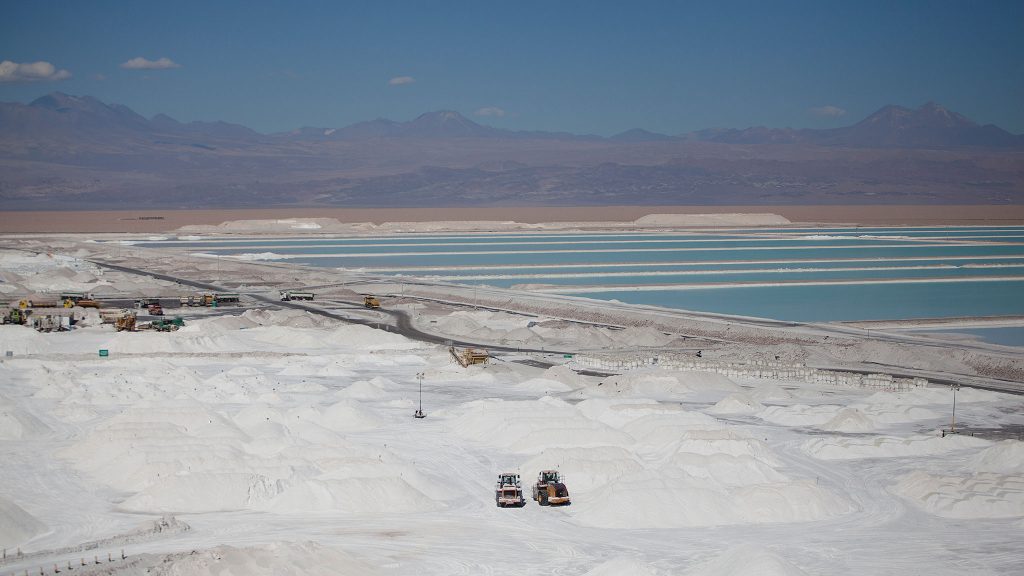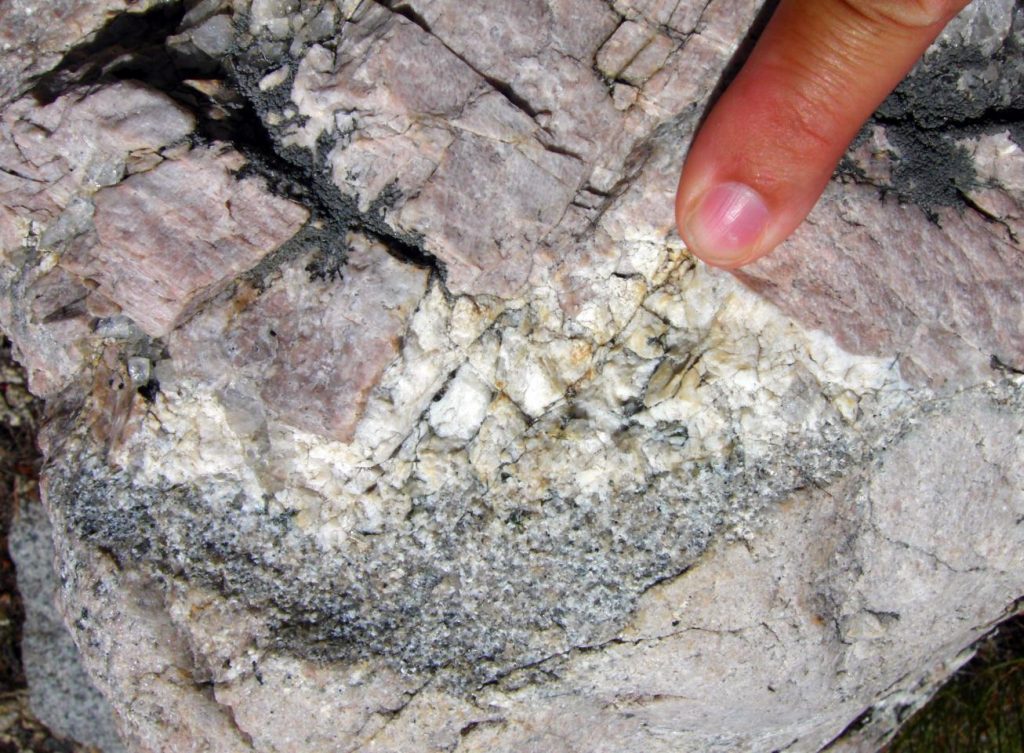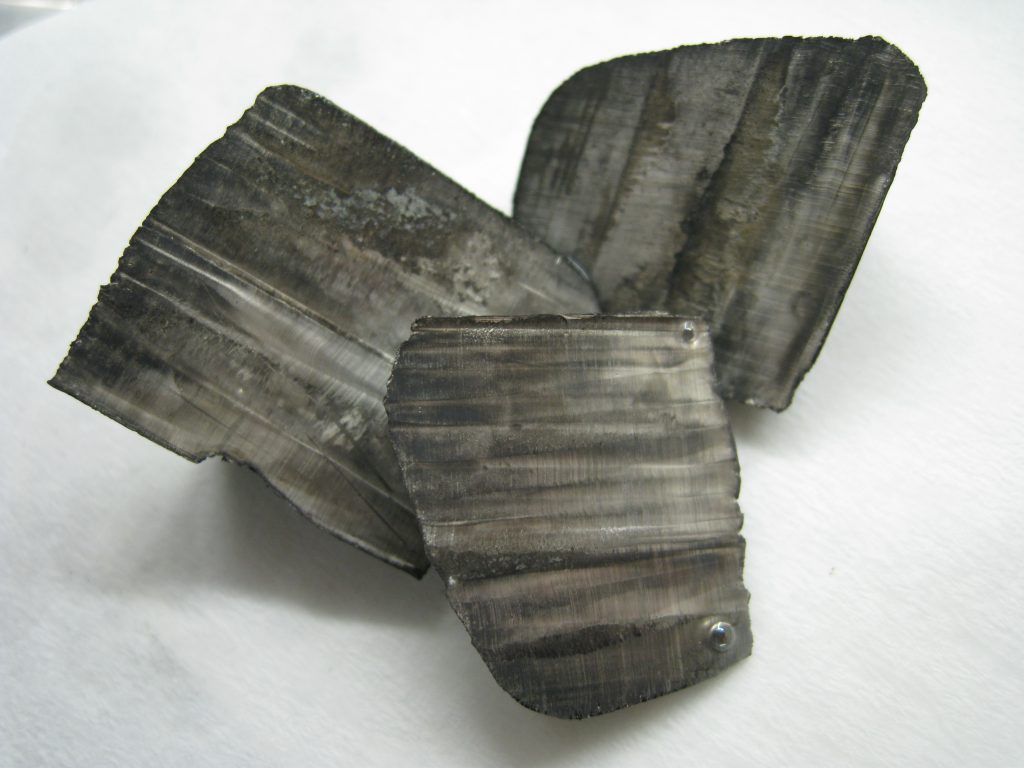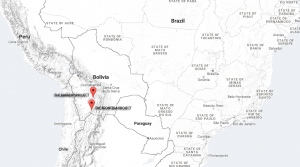
European Lithium Projects – Technology’s Global Frontier
Soon after its formation, Pacha began surveying Brazil and Europe for Lithium bearing pegmatite opportunities. Prevailing legislation in Brazil has created limited market access for foreign investment and exploration. In Europe, however, Pacha has identified several potential Lithium resources.
As a result of the extensive research and exploration efforts of our team leader in Europe, Pacha has fostered a relationship with two major industrial conglomerates and has been invited to evaluate lithium potential of their international operations beginning with geological studies in Europe.
In the first case, we are at the sample study stage of negotiations. In the case of the second conglomerate, we have concluded negotiations with the backing of our Swiss investment fund to engage in a resource study under the terms of a Joint Venture agreement for lithium development and exploitation.
Location
Lithium is not, in fact, a rare commodity with identified resources approximating 35 million tons worldwide. In the United States, identified sources total 5.5 million tons while in Bolivia and Chile stocks are 9 million tons and in excess of 7.5 million tons, respectively. Identified lithium resources for Argentina, China, and Australia are 6.5 million tons, 5.4 million tons, and 1.7 million tons, respectively. Canada, DRC, Russia, have resources of approximately 1 million tons each while Identified lithium resources for Brazil total 180,000 tons.
In 2016, Australian companies delivered 14,300 tons of metal, an increase of 200 tons from the year prior. The country develops the Greenbushes lithium project, which is owned and operated by Talison Lithium. Greenbushes is the world’s largest known single lithium reserve and has been operational for over 25 years. The location also provides easy access for Asian electronics companies, which are the top lithium consumers worldwide.
Chilean miners delivered 12,000 tons of lithium in 2016, up from 10,000 tons last year, providing the second-highest amount of lithium and is poised to take back the Chilean position as number-one producer in the future. This production is largely controlled by just two companies Sociedad Quimica y Minera de Chile (SQM) and US-based Albemarle, who together account for roughly 46% of world market share.
Overall, Chile possesses the largest confirmed lithium reserves in the world, with over 7.5 million tons of the element. By that estimate, the country hosts roughly five times more lithium than Australia, which features the second-largest reserves. In particular, the Atacama salt flat is the most significant source of country’s massive lithium production, and it has been reported that one project alone encompasses approximately 20% of the world’s total lithium.

Lithium – Chile’s buried treasure
While Australia extracts lithium from traditional hard-rock mines, Chile’s lithium is found in brines below the surface of salt flats. These brines are collected and treated in order to separate the element from wastewater.
The third largest producer in 2016 was Argentina which delivered 5000 surpassing for the first time China which mined 2,000 tons. A relative newcomer to the industry, Argentina has enjoyed record foreign investment in its mining sector as the Macri government implemented robust pro-business policies creating a mini-boom in Lithium evaporites exploitation.
China’s massive electronics industry makes the country also the world’s largest consumer of the commodity. Currently, the majority of Chinese lithium output comes from the Chang Tang plain in Western Tibet. The US Geological Survey indicates that the country’s reserves is 3.5 million tons.
In Europe meanwhile lithium pegmatite occurrences are found in Finland, Portugal, Spain, Serbia Germany and mostly notably Czech Republic which is considered to be the largest resource of the metal in Europe.
Geology & Mineralization
Lithium bearing Pegmatite is difficult to sample representatively due to the large size of the constituent mineral crystals. Often, bulk samples of some 50–60 kg of rock must be crushed to obtain a meaningful and repeatable result. Hence, pegmatite is often characterised by sampling the individual minerals which comprise the pegmatite, and comparisons are made according to mineral chemistry.
Geochemically, pegmatites typically have major element compositions approximating “granite”, however, when found in association with granitic plutons it is likely that a pegmatite dike will have a different trace element composition with greater enrichment in large-ion lithophile (incompatible) elements, boron, beryllium, aluminium, potassium and lithium, uranium, thorium, cesium, et cetera.

Pegmatitic Granite
Occasionally, enrichment in the unusual trace elements will result in crystallisation of equally unusual and rare minerals such as beryl, tourmaline, columbite, tantalite, zinnwaldite and so forth. In most cases, there is no particular genetic significance to the presence of rare mineralogy within a pegmatite, however it is possible to see some causative and genetic links between, say, tourmaline-bearing granite dikes and tourmaline-bearing pegmatites within the area of influence of a composite granite intrusion (Mount Isa Inlier, Queensland, Australia).
The mineralogy of a pegmatite is in most cases dominated by some form of feldspar, often with mica and usually with quartz, being altogether “granitic” in character. Beyond that, pegmatite may include most minerals associated with granite and granite-associated hydrothermal systems, granite-associated mineralisation styles, for example greisens, and somewhat with skarn-associated mineralisation.
Lithium metal is soft enough to be cut with a knife. When cut, it possesses a silvery-white color that quickly changes to gray as it oxidizes to lithium oxide. It is also highly reactive and flammable element. While it has one of the lowest melting points among all metals (180°C), it has the highest melting and boiling points of the alkali metals. It is most frequently found in deposits such as spodumene and pegmatite minerals, with larger resources in the U.S., Canada, Australia, China, Zimbabwe, and Russia. Lithium possesses a unique chemical profile making it the lightest metal in the periodic table and the least dense solid element. Its atomic number is 3 (right behind helium at 2 and hydrogen at 1), and its density is just 0.53 kg/L.

Lithium ingots with a thin layer of black nitride tarnish
Exploration
Some 61% of known global lithium reserves and resources is found in high altitude continental brine aquifers of Argentina, Bolivia, Chile, and China and Tibet. About 34% occur in lithium mineral deposits mainly in Australia, Canada, USA, and Zimbabwe of which three quarters are crystalline hard rock deposits and a quarter are soft rock deposits. The 5% balance of this tonnage is contained in oilfield and geothermal brines in the western USA.
The global production of lithium is forecast to reach 600,000 tons by 2020. Mining lithium metal is not expensive, especially at high mountain plateaus, where lithium is collected from brine ponds evaporated by the sun. Brine excavation is the predominant lithium extraction technology widely used today, as actual mining of lithium ores is much more expensive. It contributes to 50% of the world lithium production mainly in the form of lithium carbonate and is also a major source of potash recovered at an earlier stage in the brine concentration process.
Typically lithium bearing minerals are mined exclusively from pegmatite hard rocks. Worldwide, numerous deposits, primarily containing spodumene and petalite, are being intensively explored with projects at various stages in Canada, Finland, Czech Republic and Australia. Beneficiated lithium minerals are used in the mineral form and, today almost exclusively in China, for chemical conversion to lithium carbonate. Spodumene (8.0% Li2O), is the most common commercially exploited lithium mineral. Almost 50% of the spodumene mined in Australia today is converted to lithium carbonate for export China.
Less commercialized are zinnwaldite (3.4 Li2O), petalite (4.9% Li2O), lepidolite (4.1% Li2O), and amblygonite (10.0% Li2O). Advanced exploration is proving historically well-known and large resources of hectorite (1.2% Li2O) in northwest Nevada, USA. Recently, the new lithium-boron mineral jadarite (7.3% Li2O) was discovered in sedimentary soft rock in Serbia where exploration of a massive resource is ongoing by mining major, Rio Tinto.
Why Lithium?
It’s no secret that the sector continues to enjoy rapid growth, driven largely by demand for the metal’s use is in lithium-ion batteries as an energy source for electric vehicles.
Propelled by Tesla Motors and other car companies, electric vehicles are becoming increasingly common, and demand for lithium is increasing in tandem. Last year the number electric vehicles (EVs) on the road globally surpassed the one million mark and an increasing number of jurisdictions around the world focusing seriously on the growth of EV sales, we can expect strong growth in lithium-ion battery demand.
Now that lithium-ion batteries are the predominant choice for electric vehicles because they have a higher energy density than other technologies, questions arise about the global supply of lithium.
The latest data from the US Geological Survey (USGS) shows that the world’s top lithium-producing countries are doing their best to meet that growing demand. Worldwide lithium production rose 12 percent from 2015 to 2016, coming in at 35,000 metric tons (MT) last year.
Some industry experts forecast demand, however, will be as high as 125% of supply by 2020 driven by electric vehicles and grid storage. Notwithstanding the advancement of alternative technology that may disrupt the Lithium/cobalt manganese matrix, (i.e. vanadium-based battery systems) the short and medium outlook for Lithium demand growth looks very strong indeed.

